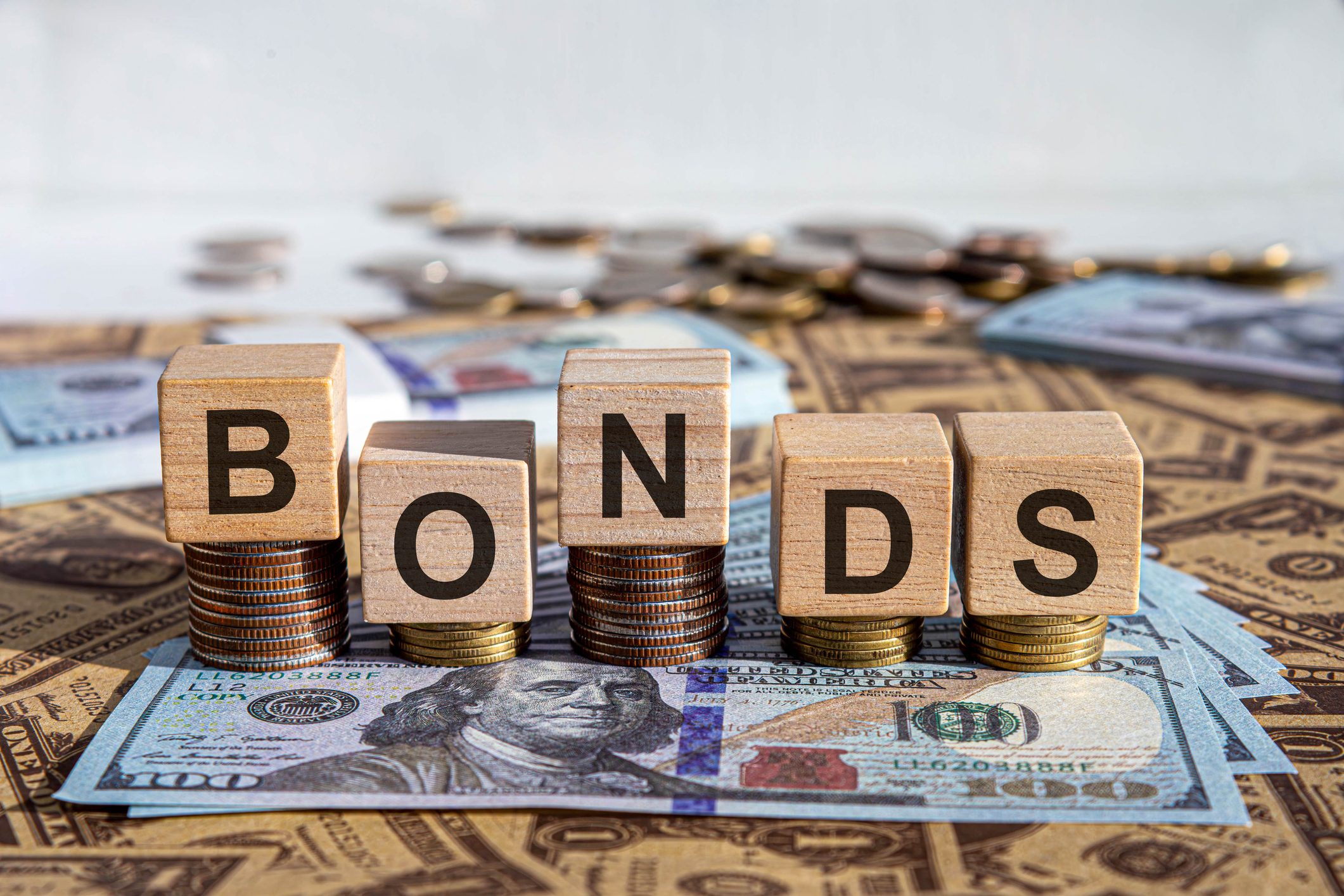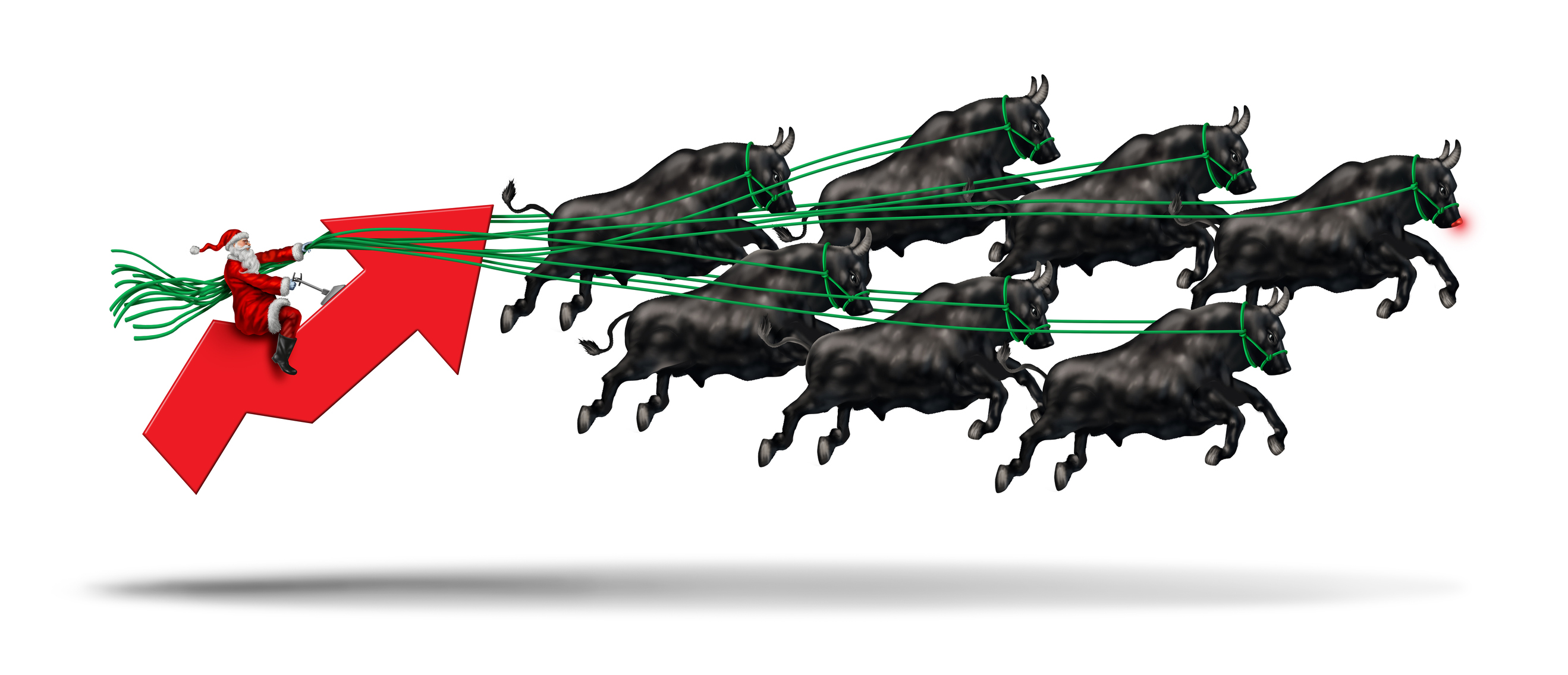I'm a Financial Planner: How to Dodge a Retirement Danger You May Not Have Heard About
Timing is everything, and sequence of returns risk can mean the difference between a retirement nest egg that's overflowing … or empty.


If you're a soon-to-be retiree who's closing in fast on your investment goals, there's something you should know before you clean out your desk and deposit your last paycheck.
Accumulating enough money is only half the battle when it comes to securing a comfortable retirement. A thoughtful withdrawal strategy matters as much as a disciplined savings habit.
If you haven't yet planned how you'll turn your investment portfolio into a reliable income stream, you still have work to do. You'll have to avoid numerous pitfalls in retirement if you want your nest egg to last.
From just $107.88 $24.99 for Kiplinger Personal Finance
Become a smarter, better informed investor. Subscribe from just $107.88 $24.99, plus get up to 4 Special Issues

Sign up for Kiplinger’s Free Newsletters
Profit and prosper with the best of expert advice on investing, taxes, retirement, personal finance and more - straight to your e-mail.
Profit and prosper with the best of expert advice - straight to your e-mail.
Kiplinger's Adviser Intel, formerly known as Building Wealth, is a curated network of trusted financial professionals who share expert insights on wealth building and preservation. Contributors, including fiduciary financial planners, wealth managers, CEOs and attorneys, provide actionable advice about retirement planning, estate planning, tax strategies and more. Experts are invited to contribute and do not pay to be included, so you can trust their advice is honest and valuable.
Deciding what to sell and when to sell it, preparing for inflation and planning for how your withdrawals will affect your taxes will be key to ensuring you won't run out of money.
You'll also want to protect yourself from an often-overlooked retirement threat known as sequence of returns risk.
What is sequence of returns risk?
As an investor in your 20s, 30s, 40s or even 50s, you probably winced when a stock market slide took a toll on your portfolio. Still, you knew that if you just hung on and kept contributing to your retirement accounts, your balances would eventually rebound.
However, in retirement, if a market downturn occurs while you are pulling money from your accounts to help fund your retirement, you could run through your funds much faster than you'd planned.
And if that hit occurs early in retirement or just before you get there, it could be especially difficult to recover.
As a basic example of the impact the sequence of returns can have on someone's portfolio, let's look at hypothetical brothers Steve and Bill.
Both brothers started their retirement with exactly $500,000 in investment savings, and both withdrew exactly $30,000 annually to supplement their Social Security benefits. But Steve, who retired in 2010, had very different results during his first decade in retirement than Bill, who retired in 2000.
Here is what they experienced:

Note: Market returns are for the S&P 500. These hypothetical examples are provided for illustrative purposes only. Source: finance.yahoo.com
Obviously, the sequence of returns risk had significant implications for Steve's and Bill's investible assets. Ten years into retirement, Steve had withdrawn $300,000 from his portfolio, but thanks to market gains, he still had more than $874,000 in his IRA.
Bill wasn't so fortunate. After some rough years early in his retirement, he had only $96,318 left after 10 years.
Guess which brother is feeling more fearful about his remaining retirement years? It goes to show: When money is withdrawn from a portfolio significantly affects its longevity.
How can you plan for sequence of returns risk?
You can't predict how the stock market will perform day to day, much less year to year, so you can't expect to realistically plan your retirement date to avoid a possible bear market.
But you can take steps to help minimize the toll that sequence of returns risk can take on your portfolio.
Looking for expert tips to grow and preserve your wealth? Sign up for Adviser Intel (formerly known as Building Wealth), our free, twice-weekly newsletter.
Though it may be tempting to move all or most of your money to "safe" investments in retirement (CDs, savings accounts, savings bonds, etc.), that's usually not the best option — especially for younger retirees.
Almost everyone still needs to keep a portion of their portfolio allocated for long-term growth.
This is why I'm a believer in objective-based investing: When each dollar in your account has a specific purpose, it can help reduce your risk profile, as well as your stress.
One way to help ensure you have money for now and for the future is to use a "bucketing" strategy that divides your assets into different time horizons: now, soon and later.
The "now" bucket (no risk to low risk) holds the funds you're going to need immediately and consistently in the first years of retirement. These dollars should be easy to access, and they shouldn't be affected by market movements.
Examples of "now" bucket tools include laddered CDs, money market funds, high-yield savings accounts and fixed or indexed annuities, along with any Social Security benefits and/or pension income you'll receive.
The "soon" bucket (low to medium risk) is for funds you'll access in three to five years. It should include a selection of assets that may offer some growth but also may have buffers and/or hedges that can minimize short-term losses.
Examples include buffered exchange-traded funds (ETFs), high-yield ETFs and/or mutual funds, structured notes, noncorrelated alternative income funds and private credit.
The "later" bucket (medium to high risk) is for assets you don't expect to tap for income until you're 10 or more years into retirement — or, perhaps, ever.
This bucket's job is to help you build wealth for the future, so you can keep up with inflation, afford rising health and long-term care costs as you age, and replenish those more conservative "now" and "soon" buckets as you move through retirement.
Because the "later" bucket is made for long-term growth, it can hold stocks and alternative investments that carry more risk.
You may also choose to keep a "never" bucket for certain no-risk or high-risk assets that you plan to use strictly for estate or long-term care planning purposes.
Personalizing your plan
To be clear, it's unlikely each of your buckets will carry an equal percentage of your assets.
Every retiree has a different tolerance for risk, and it's important to gauge and respect those preferences.
Some may want to prioritize the protection of the "now" and "soon" buckets, while others may feel more comfortable with a larger "later" bucket that's working hard for the future and their families.
It's important to note how critical the integration of tax planning is to the placement of assets into each respective bucket.
We need to ensure your withdrawal strategy aligns with tax rules but ultimately keeps the most post-tax gains in your pocket.
Your financial adviser should be able to assess your needs — and your fears about how various investments may react in a negative environment — to come up with a plan that's the right fit for you.
If you need assistance insulating yourself from these issues near retirement, don't hesitate to ask for help.
Kim Franke-Folstad contributed to this article.
The appearances in Kiplinger were obtained through a PR program. The columnist received assistance from a public relations firm in preparing this piece for submission to Kiplinger.com. Kiplinger was not compensated in any way.
Related Content
- Financial Professional's Key to Peace of Mind in Retirement: Income Planning
- Ways to Keep More of Your Money in Retirement
- How to Buy an Annuity Online (Without Regret)
- 10 Strategies to Consider When Retiring During a Volatile Market
- Ditch the Fear: A Guide to Embracing Retirement Preparedness
Profit and prosper with the best of Kiplinger's advice on investing, taxes, retirement, personal finance and much more. Delivered daily. Enter your email in the box and click Sign Me Up.

As the owner and president of Ohio-based Alpha Planning, Aaron Simpson is passionate about helping clients create and implement personalized planning strategies designed to maximize their retirement wealth and income through the firm's "R.O.O.T.S. Wealth Plan" process. Tax efficiency, risk management and investment advice help shape the foundation of each plan, providing Aaron's clients with the financial security and confidence they seek.
-
 Changes Are Coming for This Invesco Bond Fund
Changes Are Coming for This Invesco Bond FundThe Invesco BulletShares 2026 Corporate Bond ETF's bonds will mature in 2026. Here's what investors should do.
-
 What Science Reveals About Money and a Happy Retirement
What Science Reveals About Money and a Happy RetirementWhether you’re still planning or already retired, these research-based insights point the way to your best post-work life.
-
 7 Retirement Planning Trends: What They Mean for You in 2026
7 Retirement Planning Trends: What They Mean for You in 2026From government shutdowns to market swings, the past 12 months have been nothing if not eventful. The key trends can help you improve your own financial plan.
-
 Changes Are Coming for This Invesco Bond Fund
Changes Are Coming for This Invesco Bond FundThe Invesco BulletShares 2026 Corporate Bond ETF's bonds will mature in 2026. Here's what investors should do.
-
 What Science Reveals About Money and a Happy Retirement
What Science Reveals About Money and a Happy RetirementWhether you’re still planning or already retired, these research-based insights point the way to your best post-work life.
-
 7 Retirement Planning Trends in 2025: What They Mean for Your Wealth in 2026
7 Retirement Planning Trends in 2025: What They Mean for Your Wealth in 2026From government shutdowns to market swings, the past 12 months have been nothing if not eventful. The key trends can help you improve your own financial plan.
-
 What Defines Wealth: Soul or Silver? Good King Wenceslas' Enduring Legacy in the Snow
What Defines Wealth: Soul or Silver? Good King Wenceslas' Enduring Legacy in the SnowThe tale of Good King Wenceslas shows that true wealth is built through generosity, relationships and the courage to act kindly no matter what.
-
 An Investing Pro's 5 Moves to Help Ensure 2025's Banner Year in the Markets Continues to Work Hard for You in 2026
An Investing Pro's 5 Moves to Help Ensure 2025's Banner Year in the Markets Continues to Work Hard for You in 2026After a strong 2025 in the stock market, be strategic by rebalancing, re-investing with a clear purpose and keeping a disciplined focus on your long-term goals.
-
 The Santa Claus Rally Officially Begins: Stock Market Today
The Santa Claus Rally Officially Begins: Stock Market TodayThe Santa Claus Rally is officially on as of Wednesday's closing bell, and initial returns are positive.
-
 How to Leave Different Amounts to Adult Children Without Causing a Rift
How to Leave Different Amounts to Adult Children Without Causing a RiftHere’s how to leave different amounts to adult children without causing a family rift.
-
 My Retirement Learning Curve, 1 Year In
My Retirement Learning Curve, 1 Year InA retiree checks in with what they wish they knew early on and what they've changed about their plan one year in.